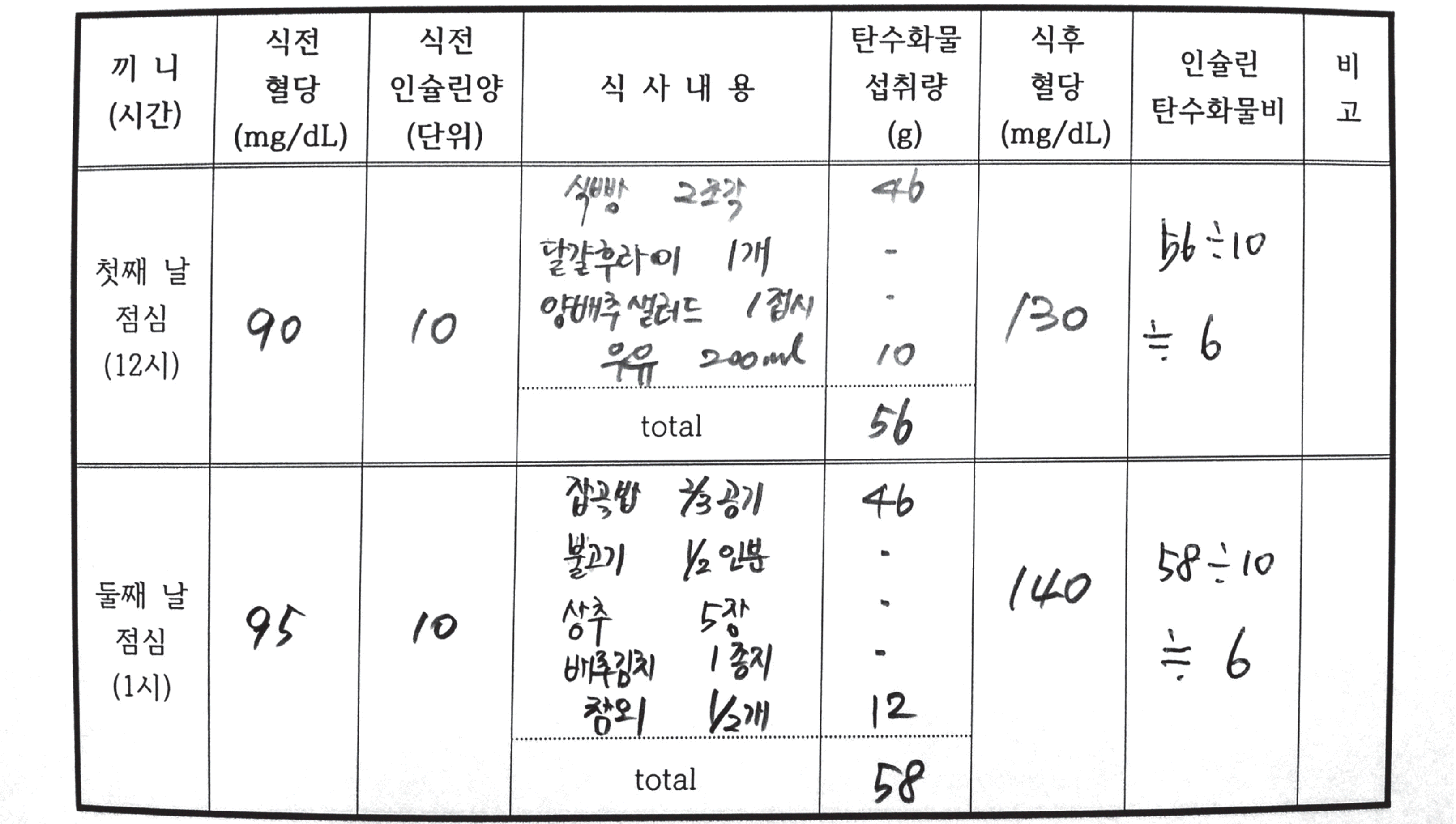Abstract
Carbohydrate counting is a prudent meal planning approach for patients with type 1 diabetes mellitus (T1DM), especially those undergoing multiple daily injections or continuous subcutaneous insulin injections. Carbohydrate counting can make food planning flexible and enjoyable, but limitations exist. This article focuses on how to educate T1DM patients in Korea on carbohydrate counting and how to overcome the limitations of carbohydrate counting.
Go to : 
References
1. Georgeanna JK. Intensive Diabetes Management. 3rd ed.Alexandria: American Diabetes Association;2003.
2. Yang SW, Shin CH, Lee SY, Chung HR, Yoo JH, An SY, Lim JS, Choi YJ, Hong SY, Koo MJ, Park MS, Kim JY, Kang YH, Park HY. Management of Childhood onset Diabetes Mellitus: guidelines for patients and families with type 1 diabetes mellitus. Seoul: Seoul National University Press;2011.
3. Warshaw HS, Bolderman KM. Practical Carbohydrate Counting. Alexandria: American Diabetes Association;2001.
4. Francine RK. Medical management of type 1 diabetes. 5th ed.Alexandria: American Diabetes Association;2008.
5. Dias VM, Pandini JA, Nunes RR, Sperandei SL, Portella ES, Cobas RA, Gomes MB. Effect of the carbohydrate counting method on glycemic control in patients with type 1 diabetes. Diabetol Metab Syndr. 2010; 2:54.

6. Bevier WC, Zisser H, Palerm CC, Finan DA, Seborg DE, Doyle FJ, Wollitzer AO, Jovanovic L. Calculating the insulin to carbohydrate ratio using the hyperinsulinaemic-euglycaemic clamp-a novel use for a proven technique. Diabetes Metab Res Rev. 2007; 23:472–8.

Go to : 




 PDF
PDF ePub
ePub Citation
Citation Print
Print



 XML Download
XML Download